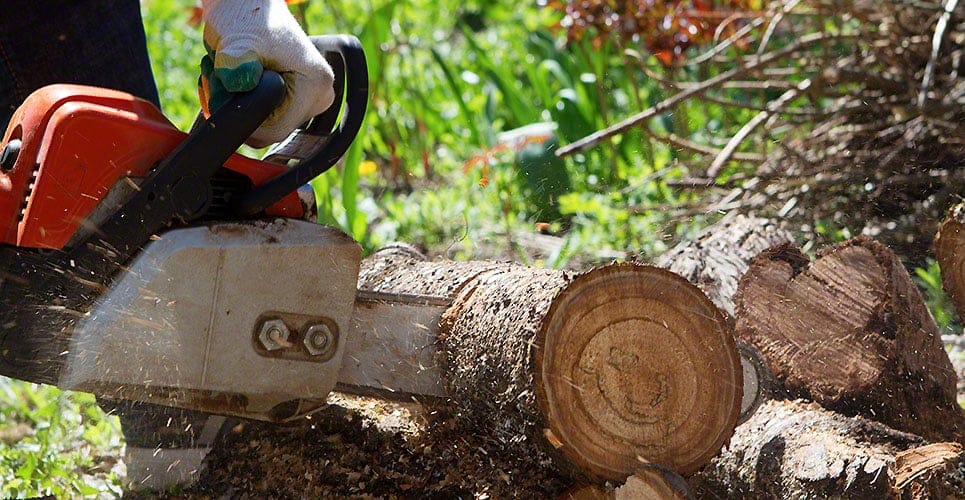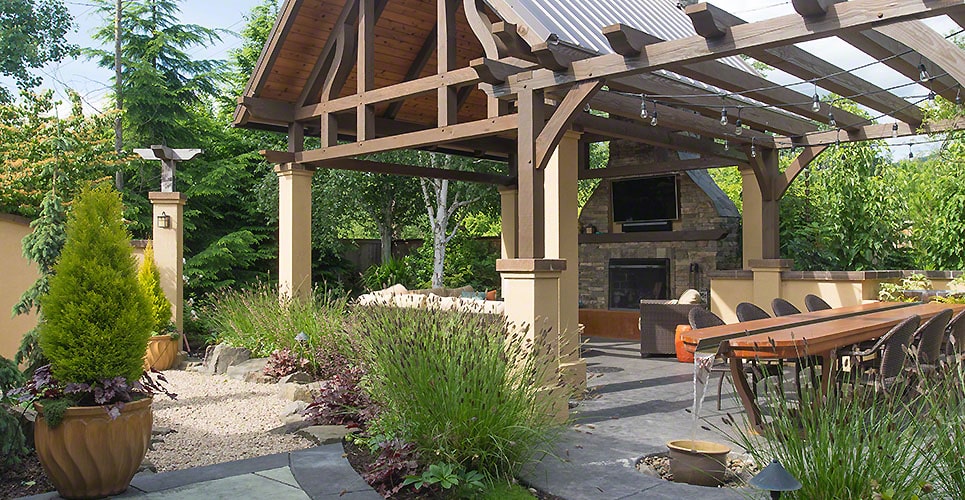Trees are beautiful creations of nature. They not only improve visual appeal but also provide shade when the sun is hard on humans and other living creatures. However, sometimes, they need to be cut down due to a variety of reasons. While some may be easy to cut, others are relatively difficult and require different techniques that can only be applied by tree removal services. We will discuss the most difficult trees to cut to highlight the importance of professionals who cut down trees.
Lignum Vitae
Lignum Vitae is a really difficult tree to cut but is also considered an endangered species. This means that to cut down this tree, you will either need to pay a hefty amount or request special permission. If you ignore its status, you might end up in a complicated situation with the authorities.
Lignum Vitae is known and popular for its valuable medicinal properties and has long been used to treat a variety of ailments including arthritis and coughs. Furthermore, these trees do not grow everywhere in the world but only on the Caribbean and northern coast of South America.
In addition to that, South Americans believe that Lignum Vitae also possesses spiritual powers in the sense that it protects the people and their area from evil spirits and happenings when burned. This is why small herbal pieces of this tree can also be found in herbal stores.
Gidgee
Gidgee is the third toughest tree to cut. Also known as stinking wattle or stinking gidgee, this tree is found in Australia. It is known for producing beautiful dark-colored wood. On top of that, the wood also contains lines and tends to be the perfect substitute for ebony or mahogany due to its high resistance.
However, the tree got its nickname “stinky” due to the very poor odor that it gives off from the bark and leaves along with the base of the tree in the humid season. The timber produced from this tree is so tough and reliable that it is used to make bowls, knives, jewelry boxes, etc. Plus, in some cases, the wood might also be used to produce musical instruments.
Quebracho
Quebracho is a Spanish term that means “ax breaker” and is one of the most complicated trees to cut. This tree produces extremely hard and durable timber that is used all around the year. The best part about this timber is that it can withstand all the seasons and comes with an extreme resistance power against external factors.
Furthermore, the interior of this tree features beautiful colors such as deep reddish-brown and dark copper making it a popular and desirable option for the production of tannins. Tannis is a valuable material used for producing natural dyes for wool, silk, cellulose fibers, etc. Quebracho trees usually grow in the tropical regions of South America.
When it comes to cutting down a Quebracho, you might need to acquire a permit especially if it is surrounded by other properties. If you want a quebracho tree removed, consult a tree removal services Potomac as they can also handle the permit acquiring process.
Australian Buloke
The Australian Buloke is unofficially known to be the most difficult tree to cut in the world. It is identified by its reddish brown heartwood with light yellowish brown sapwood and straight to slightly interlocked grain. This tree as its name suggests is only native to Australia and is rarely found anywhere else. Plus, this tree is most commonly used in the manufacturing of knives, flooring, and fine furniture.
Snakewood
The snakewood got its name from its color combination, patches, and patterns that resemble a snake. This tree comes with dark reddish brown colors combined with dark brown and black patches. Snakewood trees are native to coastal regions of southern Mexico, Trinidad, Central America, and Tropical Regions of South America and are amongst the most expensive trees out there to process and cut.
The reason Snakewood is difficult to work with is not only because the tools get blunt quickly but also because its dust is toxic and can cause skin and respiratory concerns. A noteworthy benefit of Snakewood and its reptile-like patterns is that it is resistant to insect attacks as well.
Snakewood, due to its beautiful colors and toughness, is also used to make musical instruments that make it sound similar to instruments made from ebony. Plus, it is mostly used to make violin bowls.
Verawood
Verawood, also known as Argentine Lignum Vitae produces a range of beautiful colors from pale yellowish to dark brown, deep forest green, and even almost black. The timber produced by verawood not only features beautiful colors but also a perfume-like odor that keeps the insects at bay. This makes the wood perfect for outdoor uses.
However, the harvesting and cutting of Verawood trees are prohibited as this species is considered extinct and protected by several authorities. These trees can be found in Central and Northern South America.
African Blackwood
The African Blackwood is one of the most beautiful and difficult trees to cut. The timber produced from this tree comes in a beautiful dark brown or a purplish hue color while the rest of the timber is entirely black. The African Blackwood takes a lot of manpower, tools, and skills to be cut down.
This is why the wood of this tree is used for making musical instruments, décor pieces, and other objects. Due to its color, African Blackwood was one of the most sought trees out there for decades, which resulted in its decline. Back in the day, African Blackwood could be found in abundance but today, it is listed as an endangered species making its trade highly regulated.
This means products made from African Blackwood are rare and can be costly. This is why if you ever come across décor made using African Blackwood, make sure you purchase it. At the same time, the seller has to provide a permit for export. Otherwise, you might get yourself in trouble with the authorities.
How To Cut Down Trees?
To cut down trees, you need to first cover yourself with protective gear. One of the basic principles of cutting trees is analyzing the height and health of the tree. If the tree happens to be larger or if the tree is decaying, you will need to adjust your plans accordingly as you will not be able to make an exact estimate of where the tree will fall.
Furthermore, you might also need a few helping hands if you are doing it on your own. Before cutting down a tree even as a professional, you should arrange not only one but two safety/exit plans. Keep in mind that trees are the most dangerous and unexpected when they are about to fall. Moreover, don’t cut down a tree during strong winds and if you have to, be extra careful.
Conclusion
Cutting down the most difficult trees can be a risky process. However, you need to be familiar with the cutting techniques to make sure everything goes safely and smoothly. If you’re not aware of the right techniques for removing a particular tree species, it’s best if you consult tree removal companies Bethesda for cutting down the tree.



